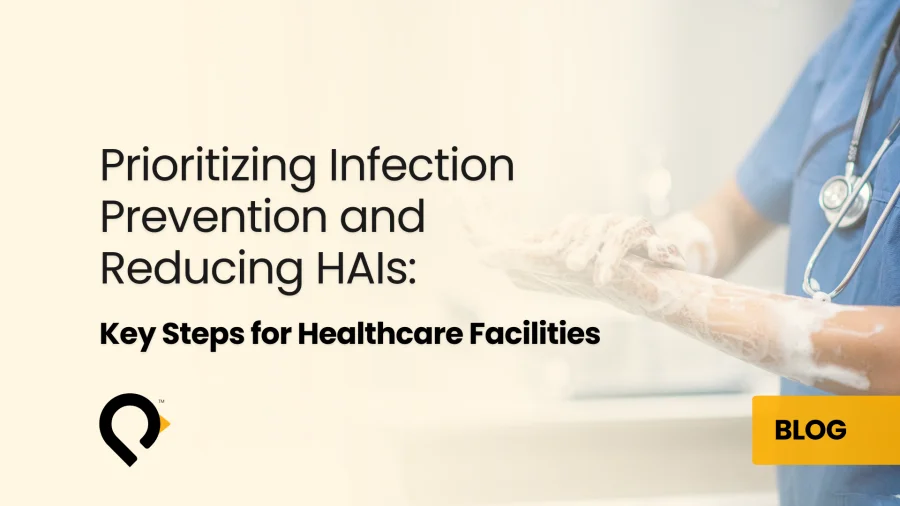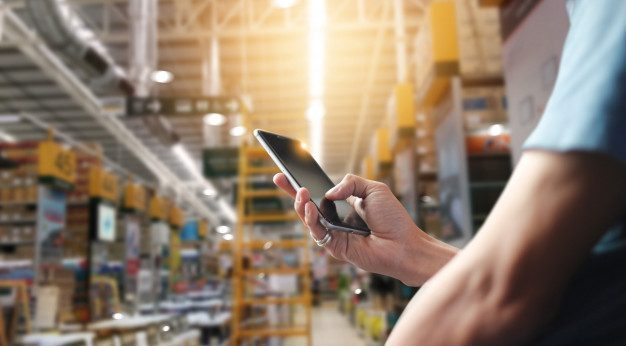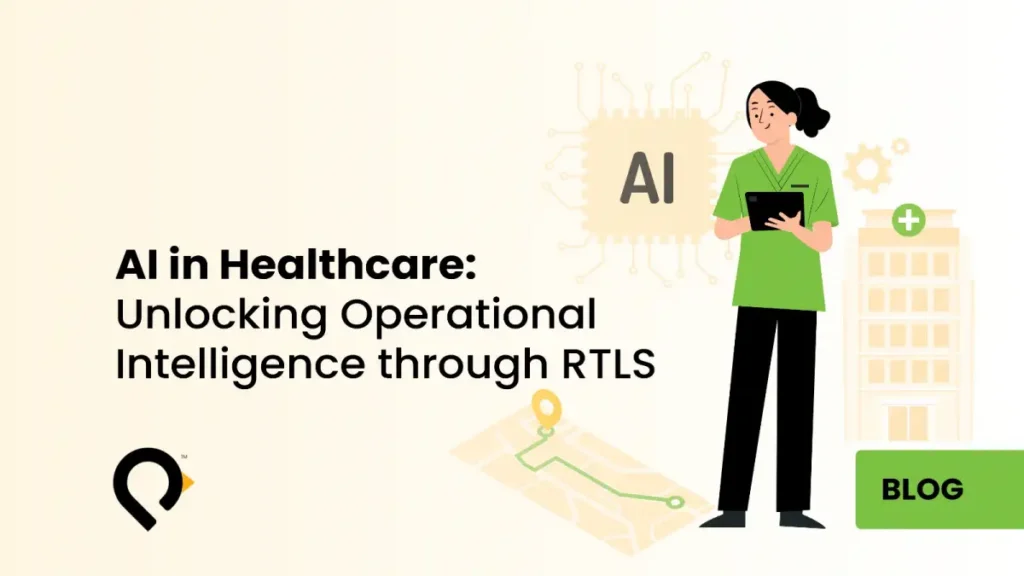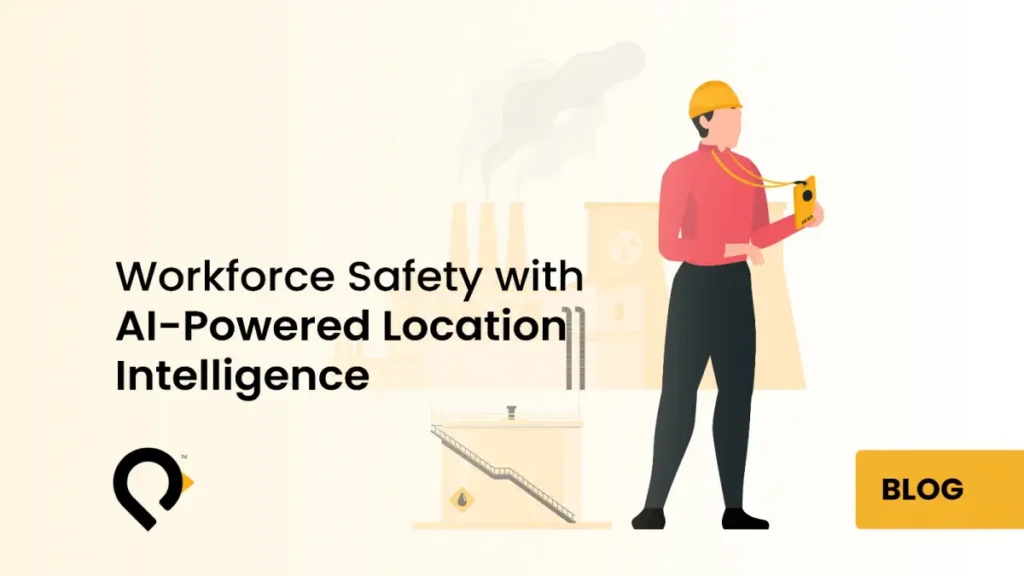
Infection Prevention Priorities for Healthcare Facilities
Why Infection Prevention Matters
Infection prevention is vital in healthcare. It protects both patients and staff from harmful germs. Additionally, Healthcare-Associated Infections (HAI), also called Hospital-Acquired Infections, affect around 750,000 people in the United States each year. As a result, these infections cause thousands of preventable deaths. Moreover, they cost US healthcare providers billions of dollars annually.
Top Infection Prevention Priorities
1. Top-Quality Hand Hygiene Products
First and foremost, hand hygiene compliance is the primary defense against healthcare infections. Furthermore, using high-quality hand sanitizer products like alcohol-based sanitizers and antimicrobial soap dispensers helps keep hands clean. Consequently, this reduces cross-contamination. In addition, these infection control products are essential for maintaining a clean healthcare environment. Therefore, they ensure that germs are removed effectively with each use.
2. Reliable PPE Usage
Personal Protective Equipment (PPE) such as gloves, masks, and gowns is essential. Specifically, it protects healthcare workers and patients. Therefore, it’s vital to ensure a steady supply and consistent use of PPE to prevent hospital infections. Moreover, proper training on the correct use and disposal of healthcare PPE further boosts its effectiveness. As a result, this creates a safer environment for all.
3. Touchless Restroom Dispensers
Touchless hand sanitizer dispensers for soap, water, and paper towels reduce surface contact. Thus, they help reduce the spread of germs in healthcare settings. Additionally, they’re convenient and help keep everyone safer. Furthermore, this touchless technology not only lowers the risk of cross-contamination but also promotes better hand hygiene practices among staff and visitors.
4. Convenient Hand Hygiene Stations for Staff
Placing hand hygiene stations throughout facilities makes it easy for healthcare staff to clean their hands. Specifically, they can do this before and after patient interactions. Consequently, this helps stop the spread of infections. Moreover, strategic placement of these washing stations ensures that hand hygiene compliance becomes a natural part of the daily routine.
5. Accessible Hand Hygiene Stations for Patients and Visitors
Having patient hand hygiene stations in high-traffic areas and patient rooms encourages everyone to keep their hands clean. As a result, this contributes to a safer environment. In addition, clear signs and easy access help promote regular use. Therefore, hand hygiene becomes a shared responsibility.
6. Enhanced Disinfection Practices
Regularly disinfecting high-touch surfaces, equipment, and patient rooms with EPA-approved disinfectants keeps the facility clean and safe. Moreover, a strict hospital cleaning protocol, combined with the use of advanced disinfection tools, ensures that potential germs are consistently removed from healthcare environments.
7.Monitoring Hand Hygiene Compliance
Using hand hygiene monitoring technology to track compliance rates helps ensure everyone follows best practices. Furthermore, real-time data from RTLS (Real-Time Location Systems) technology can provide valuable insights. For example, Penguin’s digital platform combines sensor-equipped dispensers with real-time tracking of staff locations. Consequently, this offers complete hand hygiene oversight and proactive monitoring.
8. Accelerating Safety Compliance with Digital Platforms
Integrating digital monitoring platforms speeds up healthcare safety compliance. Specifically, it provides real-time tracking and measurement. Additionally, this technology ensures that staff follow hygiene protocols, with sensors in dispensers tracking usage and staff movement. As a result, such systems allow for immediate corrective actions. Therefore, they maintain high standards of hospital hygiene.
9. Ongoing Staff Education and Training
Educating healthcare professionals on infection prevention training is vital for maintaining safety. Moreover, proper training gives staff the knowledge and skills they need to effectively prevent hospital-acquired infections. Additionally, training programs cover a range of topics, including proper hand hygiene protocols (wash-in and wash-out), PPE usage, and environmental cleanliness. Furthermore, continuous education keeps healthcare workers updated on the latest guidelines and practices. Consequently, this helps them stay prepared for new challenges.
10. Encouraging Good Hand Hygiene
Recognizing and rewarding staff for good hand hygiene practices boosts compliance. In addition, it promotes cleanliness. Furthermore, easy access to hand sanitizers and soap dispensers throughout the facility is key. Moreover, by acknowledging those who consistently follow hygiene protocols, facilities can build a culture of infection prevention excellence and care.
Conclusion
In summary, by focusing on these infection prevention measures—like using quality hand hygiene products, reliable PPE, thorough disinfection, and advanced monitoring systems—healthcare facilities can significantly reduce infection risks. Furthermore, these HAI prevention strategies create a safe environment for patients, visitors, and staff. As a result, facilities can deliver care confidently and safely. Additionally, speeding up compliance through digital platforms enhances these efforts. Therefore, hygiene standards are met consistently and efficiently.
At Penguin Location Services, we offer cost-effective solutions for monitoring hand hygiene compliance.




